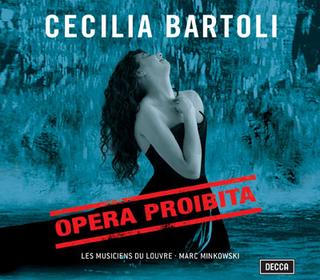
This is the latest edition of the unwatched video series: Monteverdi’s L’Incoronazione di Poppea from Glyndebourne, starring Maria Ewing.
Monteverdi was an unusual composer who started out fully in the style of the Renaissance, and as each new discovery appeared, fully immersed himself in the new style and made it his own. He dropped counterpoint without a backward look and wrote recitatives and arias along with the younger men. Think how unusual this is. In his old age Verdi recast himself and wrote operas in the new style, but usually composers only go deeper and deeper into their original style. In his old age Monteverdi was still cutting edge.
This music sounds odd. The harpsichords of later recitative are there and the ornaments, but something is missing. Corelli hasn’t invented tonality yet. If you tried to imagine music like this, you probably couldn’t. It completely lacks the pull toward a single note that obsessed the later Baroque. If you don’t pick chords based on tonality, how do you pick them? Never mind. They don’t know they’re missing this. Coloratura is in full flower. Opera is well on its way.
I can’t help pointing out how much more satisfying it is to hear music where singing is everything than most modern opera where singing is nothing. That said, neither will replace Mozart.
The role of Seneca is actually a bass, sung here by Robert Lloyd, and I think Ottone (Dale Duesing), Poppea’s husband, is also intended as a baritone. Nero is sung by Dennis Bailey, a low tenor with an extremely interesting tone. It’s supposed to be a castrato, and is elsewhere usually sung by women. Nowadays I suppose it would be a falsettist. The ancients loved the sound of two sopranos singing together. There are no transgender singers here, unless you want to count the boy Amor, sung by Linda Kitchen. She hangs by a wire through most of the second half of the opera. It is Amor who prevents Ottone from killing Poppea.
I don’t think I expected anything so dignified and sedate. Maria disrobes to take a bath early in the opera—she has her own caldarium right in the middle of the house—but is hidden behind a towel and fully clothed the rest of the time. We have been led to other expectations by Maria Ewing’s other opera videos, especially her Salome. All this dignity is a disappointment.
Should I search for a more torrid Poppea?
#ad







.jpg)





